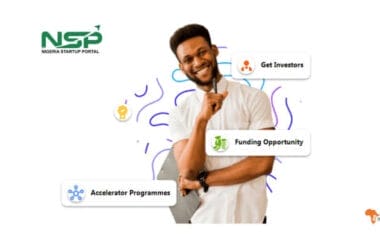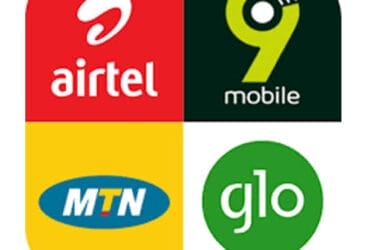By Marcellus van der Merwe, Spotify Sales Lead, Ad Dynamo by Aleph
In recent months you have probably seen a plethora of image and text posts produced by artificial intelligence (AI) applications, with DALL-E and ChatGPT featuring as the most popular in their respective fields. For the curious minded, you may well have already experimented with these, or other AI apps. Inevitably, as is the case with any new attention-grabbing app, follows a lot of media speculation on how the application could transform a variety of jobs and industries.
But, what about interactive advertising? This is a question worth asking. The sector is, after all, poised to be worth US$123.3 billion by 2030. Advertising has also been at the forefront and driving seat of many major technological shifts that have defined the past two decades. Search and social media, in particular, owe much of their growth and profitability to advertising revenue, while also forcing the industry to evolve in new and exciting directions.
AI has the potential to be similarly transformative. While many marketing companies already use AI for numerous functions, including data intelligence and analysis, it’s also clear that marketing is just beginning its AI journey. In the coming years, AI could result in unprecedented evolutionary leaps forward for interactive advertising, especially in creative execution.
Digging through the data
With that in mind, it’s worth reiterating how big a role AI already plays in marketing, with its ability to understand and analyse large amounts of data, in a condensed amount of time. Remember, to provide truly personalised experiences expected from advertisers, large amounts of data are required. However, the task of manually pulling apart data and extracting useful intelligence can be incredibly time-consuming and expensive. AI automates a lot of that heavy lifting, whilst ensuring that data is kept accurate and up-to-date.
As a result, marketers alike, gain a clearer idea of which channels are able to best deliver against the spend placed on them, as well the types of messaging working for which segments. This is highly beneficial for an industry that historically had a hard time demonstrating precise value.
It’s also worth noting that many of the platforms so successfully used by marketers are making successful use of AI. Spotify, for example, uses it to ensure its position in the market as the preferred audio streaming platform. AI analyses listener habits and builds custom playlists based on previous listening and serve them to the user on a daily basis ensuring the music served is curated from previous preferences of audio chosen.
The creative element
AI is already starting to go one step further. Increasingly, it plays an important role in helping marketers deliver creatively excellent, interactive experiences that meet the needs and wants of consumers.
A number of companies, for instance, are already making use of AI-powered chatbots to ensure their consumers are directed to correct products or services. This approach recognises that marketing can play an important role in providing great customer experiences. It is also one that we can expect to see employed more frequently in the future, having been successfully applied to sectors as diverse as make-up and DIY.
But the text and image creation capabilities of applications such as ChatGPT and DALL-E could easily take those crucial steps further. The conceptualisation would still be done by humans, of course, but there is massive potential for a big shift in interactive advertising. Imagine, for example, being able to provide text, visual, and even audio-visual marketing experiences (the same AI tech used in deep fakes has legitimate uses too), that are truly unique to every consumer who sees them.
With those abilities locked in, advertising agencies can surprise and delight customers in new and innovative ways. For example, with in-store or event activations, if consumers were able to see their own customised creative in just a few prompts, customers would feel like they’ve created something truly unique for their favourite brand.
Fostering individual connections
Ultimately, you have the potential to achieve a huge shift in how people perceive companies advertising to them. Whereas previously, questions may have arisen from consumers on exactly how companies know so much about them, instead now, they’d simply feel that a company actually ‘gets’ them as individuals. And essentially, instilling feelings of relatability and understanding are foundational to building the kind of real, meaningful, and lasting relationships that every company should strive for.
It’s a future vision, on the cusp of becoming reality. As such, it’s something that all advertisers and marketers should be moving towards and striving to achieve from the get-go.
As an Amazon Associate, TechCity may earn a small commission if you shop these products.
















